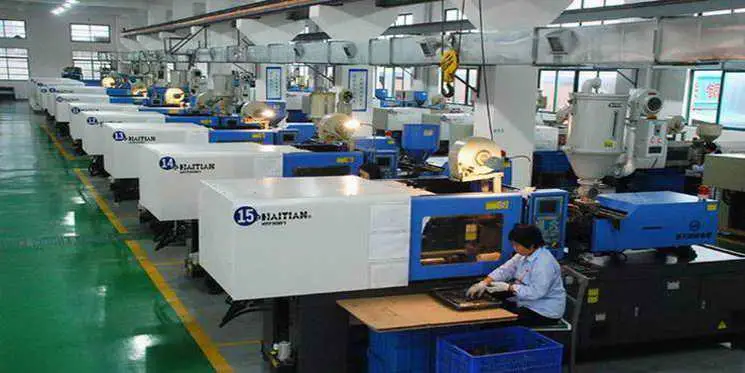- What materials can I choose from?
We manufacture products using both prime and recycled resins: HDPE, LDPE, MDPE, PP, PCR, and PET. We help you choose the best material for your product needs. - Is blow-mold a reference to the figure or the aluminum mold?
Although "blow-mold" is commonly used to refer to a figure due to ease of use, this is technically incorrect. The blow-mold is the aluminum mold used in the manufacturing process. The technically correct term would be "blow-molded figure", yet it is rarely used. - Have you made a product like the one we want to produce before?
There are lots of common shapes that require standard molds and processes. If your product fits into that description, your cost and turnaround time should be lower than a custom job. If your needs are one-of-a-kind, work with a supplier that has product design and prototyping capabilities. Here’s what a standard blow mold spec sheet should look like. - Can you integrate your blow molded parts into products made with other processes?
Not all projects can be done completely by blow molding. In fact, a blow molded piece may just be one small part of the puzzle. Using a supplier that can assemble the entire project on-site will save your company money. - What's your turnaround time?
Generally, 5 weeks for mold, 4 weeks for mass production. - What are the advantages of blow molded products?
In general, the molds for blow molding are less expensive than those for injection molding because they can be made of aluminum which is easier to machine than steel. Because of the higher pressures and generally higher volume of injection molding, those molds are usually more expensive. - What file formats to you accept?
We accept .STP, .DXF and .IGS files from any CAD software. For certain industrial products such as automotive HVAC ducts, the design is done by the customer’s staff, because the part must fit within a specific environment.

